The Ultimate Guide To Growing Hydrangeas
The Ultimate Guide to Growing Hydrangeas
Hydrangeas are beautiful flowering shrubs that can add a touch of elegance to any garden. With their large, showy blooms, hydrangeas are sure to turn heads. But growing hydrangeas is not as simple as planting them in the ground and watering them occasionally. There are a few things you need to know in order to keep your hydrangeas healthy and blooming year after year.
In this guide, we will discuss everything you need to know about growing hydrangeas, from choosing the right variety to watering and fertilizing. We will also cover common hydrangea problems and how to solve them. By the end of this guide, you will be an expert on growing hydrangeas!
Choosing the Right Hydrangea Variety
There are many different varieties of hydrangeas available, so it is important to choose the right one for your climate and growing conditions. If you live in a warm climate, you will want to choose a variety that is hardy in your zone. If you live in a colder climate, you will need to choose a variety that is hardy to at least USDA zone 5.
Once you have chosen a variety, you will need to decide where to plant it. Hydrangeas prefer full sun or partial shade. If you live in a hot climate, you may want to plant your hydrangea in a location that receives some afternoon shade.
Soil and Water Requirements
Hydrangeas prefer moist, well-drained soil. If your soil is sandy or clay, you will need to amend it with compost or peat moss. Hydrangeas also need regular watering, especially during the hot summer months. Water your hydrangeas deeply once a week, or more often if the weather is hot and dry.
Fertilizing Hydrangeas
Hydrangeas need to be fertilized regularly in order to produce their best blooms. You can fertilize your hydrangeas with a balanced fertilizer, such as 10-10-10, in the spring and summer. You can also use a fertilizer specifically designed for hydrangeas.
Pruning Hydrangeas
Hydrangeas should be pruned in the spring, before they start to bloom. Pruning hydrangeas will help to control their size and shape, and it will also encourage new growth and flowering.
Common Hydrangea Problems
Hydrangeas are generally quite hardy plants, but they can be susceptible to a few problems. Some of the most common hydrangea problems include:
- Leaf spot: Leaf spot is a fungal disease that can cause brown or black spots on the leaves of hydrangeas. To treat leaf spot, you can use a fungicide.
- Pests: Hydrangeas can be susceptible to a variety of pests, including aphids, scale, and spider mites. To control pests, you can use insecticidal soap or neem oil.
- Winter damage: Hydrangeas that are not hardy in your climate may be damaged by winter cold. To protect your hydrangeas from winter damage, you can mulch them with a layer of organic material, such as leaves or straw.
Conclusion
Growing hydrangeas is a rewarding experience. With a little care and attention, you can enjoy these beautiful shrubs for many years to come. By following the tips in this guide, you can ensure that your hydrangeas are healthy and blooming year after year.
If you're looking for a hydrangea nursery that offers a wide variety of plants and expert advice, then you should definitely visit . This nursery has been in business for over 20 years and has a reputation for providing high-quality plants and excellent customer service.
offers a wide variety of hydrangeas, including mopheads, lacecaps, and tree hydrangeas. They also have a variety of colors and sizes to choose from, so you're sure to find the perfect hydrangea for your garden.
In addition to their wide selection of plants, also offers expert advice on how to care for hydrangeas. Their staff is knowledgeable and friendly, and they're always happy to answer your questions.
If you're thinking about adding hydrangeas to your garden, then you should definitely visit . They have everything you need to choose the right hydrangeas for your space and care for them properly.
FAQ of hydrangea nursery
- What are the different types of hydrangeas?
There are over 70 species of hydrangeas, and each one has its own unique characteristics. Some of the most popular types of hydrangeas include:
- Bigleaf hydrangeas: These hydrangeas are known for their large, showy blooms. They come in a variety of colors, including blue, pink, and white.
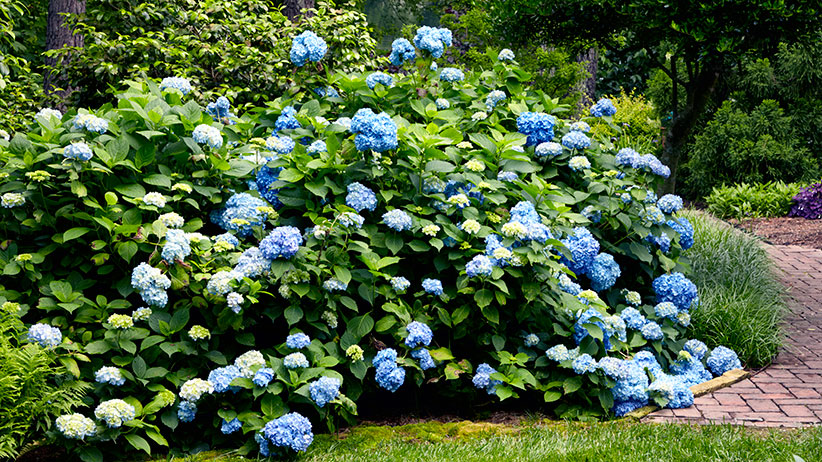
- Mophead hydrangeas: These hydrangeas have rounded, mop-like blooms. They are typically blue or pink, but can also be white.
- Indica hydrangeas: These hydrangeas have lacecap blooms. The center of the bloom is made up of small, sterile flowers, while the outer petals are larger and fertile.
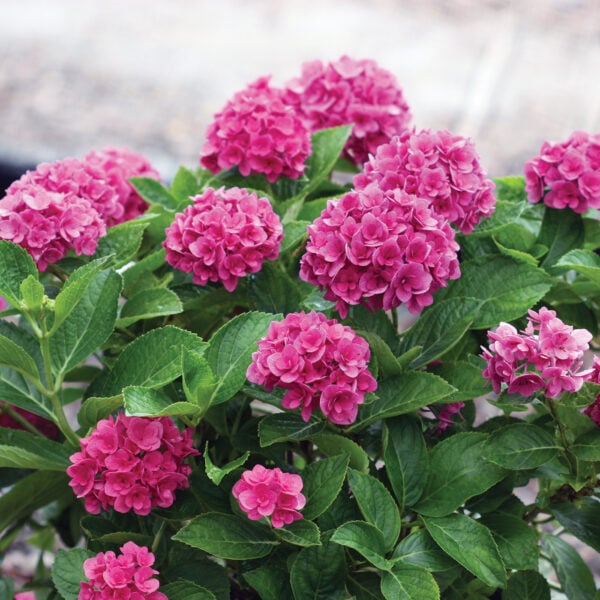
- Peegee hydrangeas: These hydrangeas are known for their tall, upright growth. They have narrow, conical blooms that can reach up to 12 inches in length.

- Tree hydrangeas: These hydrangeas grow into small trees. They have large, showy blooms that can reach up to 18 inches in diameter.
- When is the best time to plant hydrangeas?
The best time to plant hydrangeas is in the spring, after the last frost. However, you can also plant them in the fall, as long as the ground is not frozen.
- How much sun do hydrangeas need?
Most hydrangeas prefer part sun to partial shade. Some varieties, such as oakleaf hydrangeas, can tolerate full sun. However, too much sun can cause the leaves to scorch and the blooms to fade.
- What kind of soil do hydrangeas need?
Hydrangeas prefer well-drained, acidic soil. If your soil is alkaline, you can add peat moss or sulfur to acidify it.
- How much water do hydrangeas need?
Hydrangeas need regular watering, especially during the first year after planting. Once they are established, they can tolerate some drought. However, they will produce more blooms if they are watered regularly.
Image of hydrangea nursery
5 different images of "hydrangea nursery" from Pinterest.com:
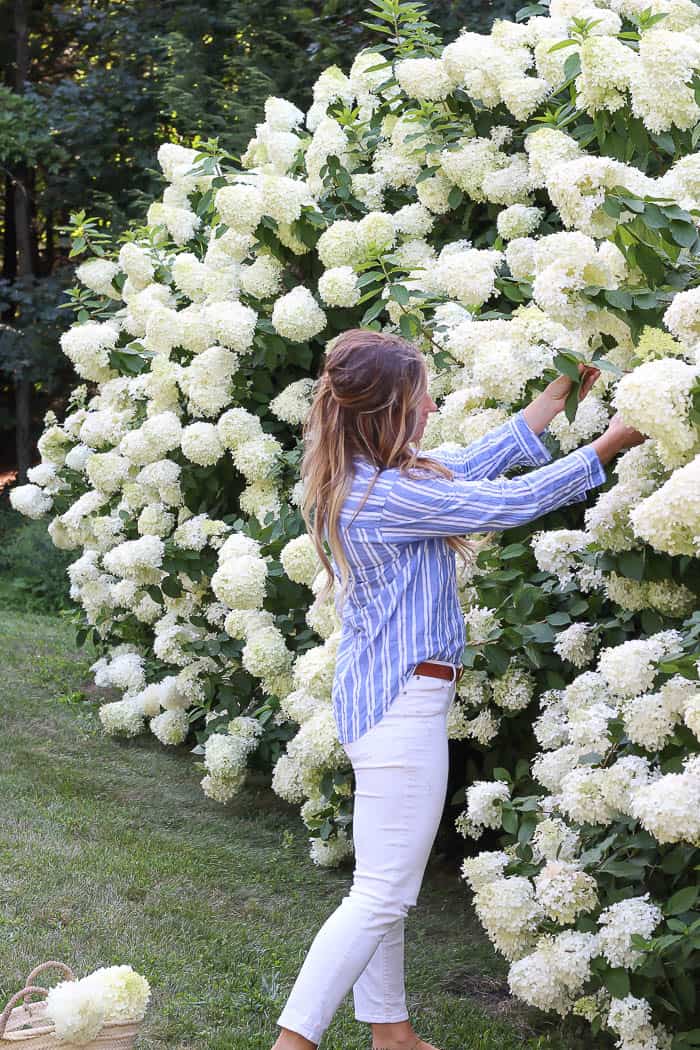
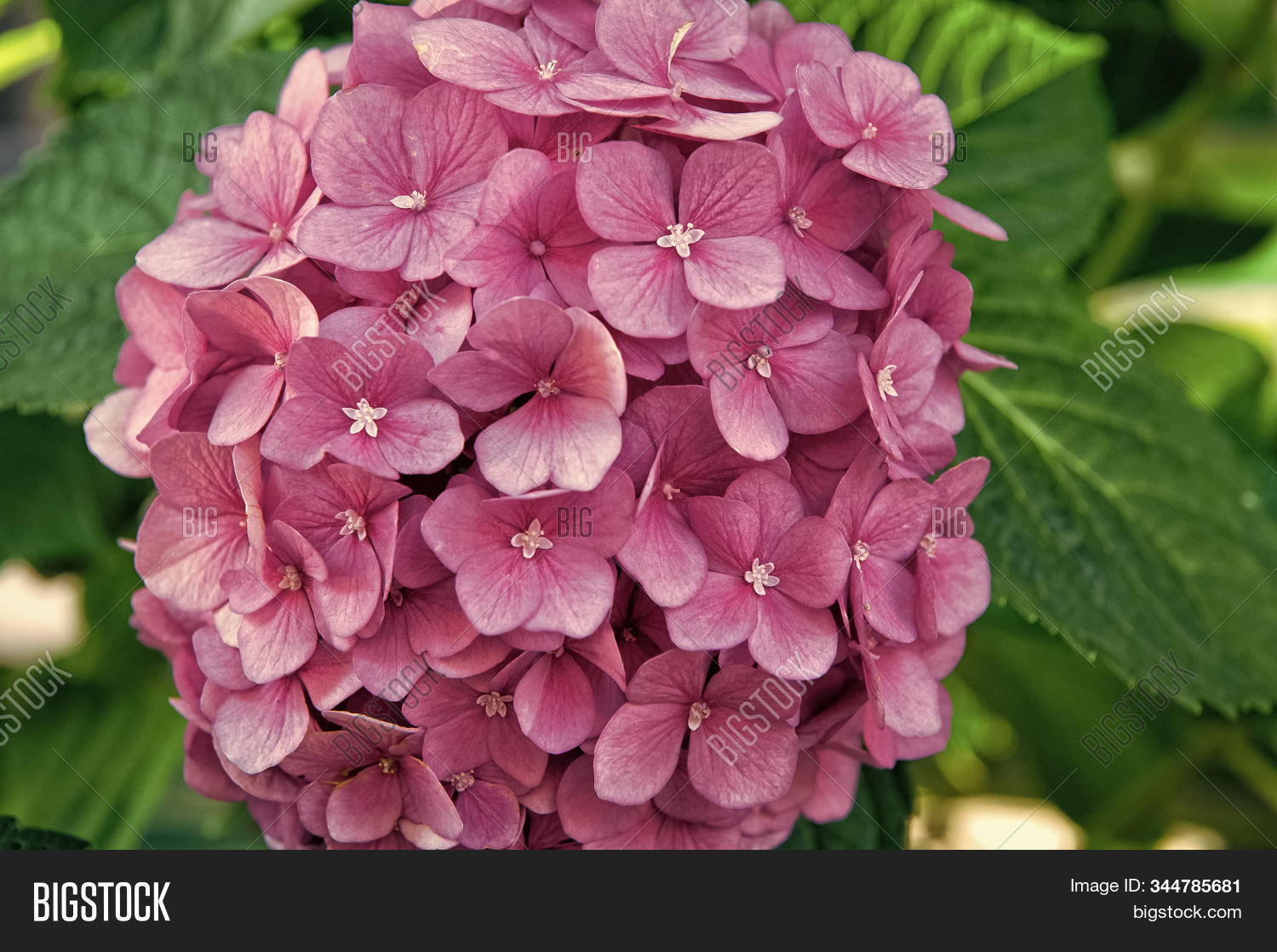

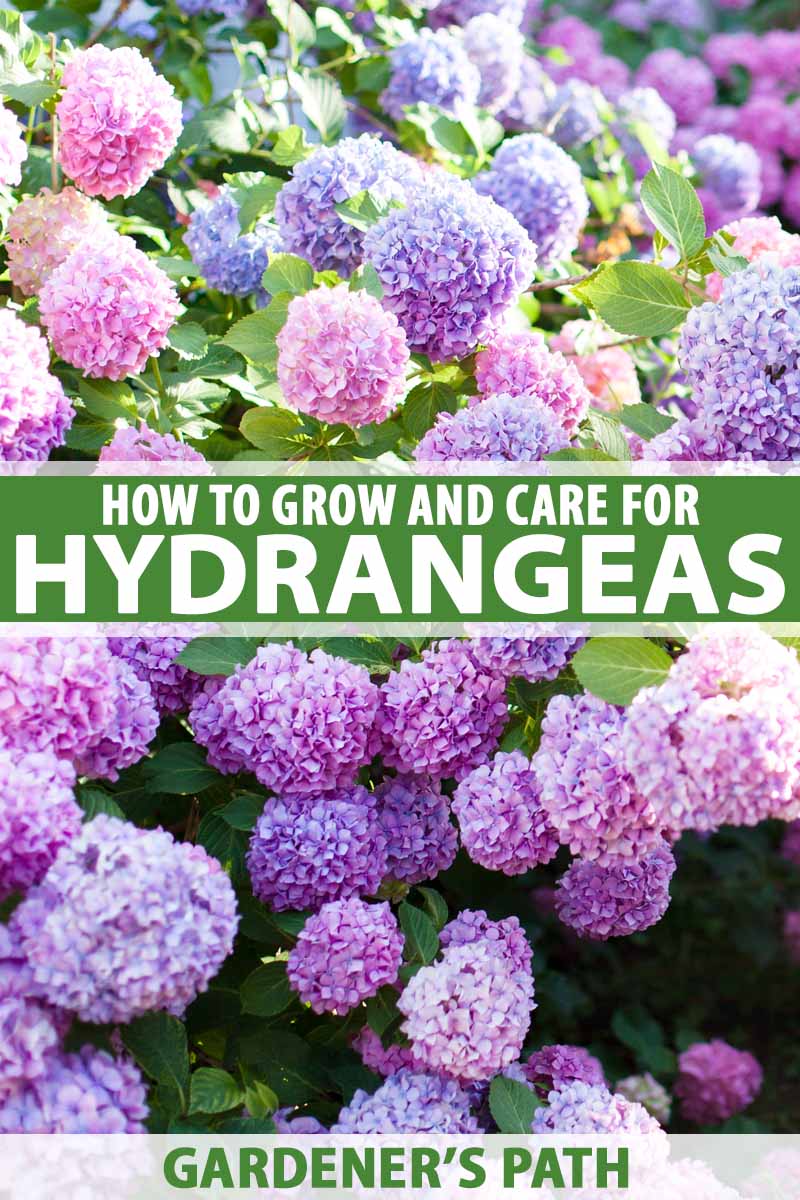
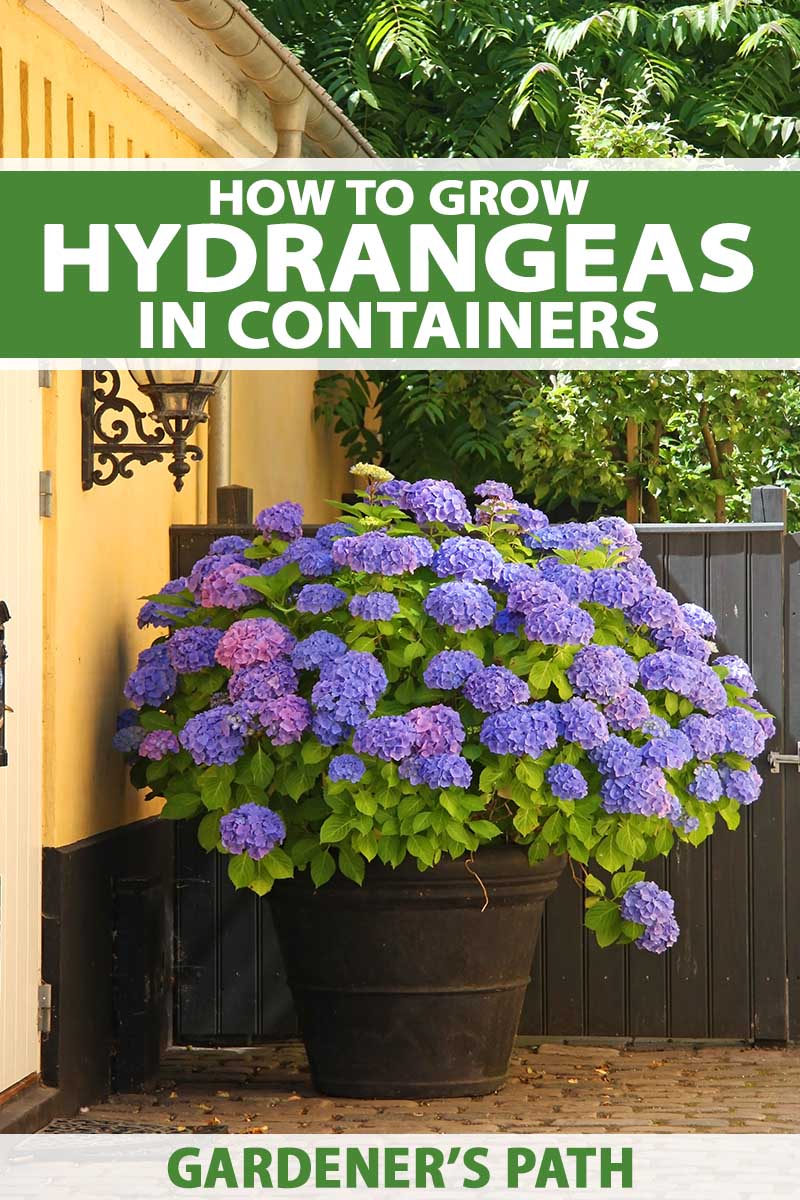
Post a Comment for "The Ultimate Guide To Growing Hydrangeas"